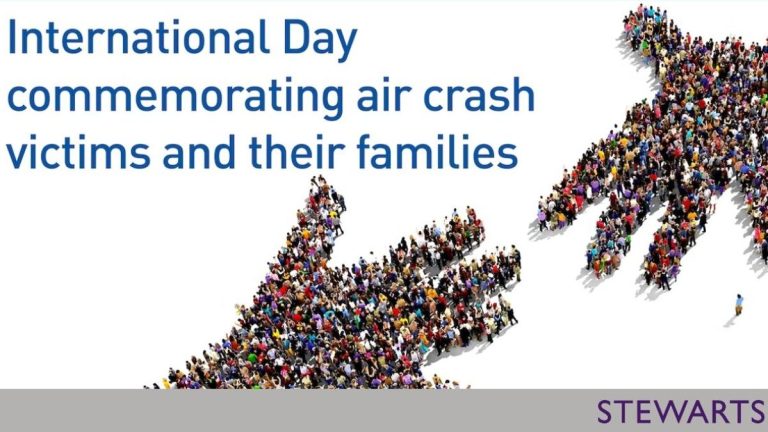Today, in the world of aviation, an important milestone is unfolding and we are witnessing it World Day of Remembrance for Victims of Air Disasters and their Families. This day, celebrated on February 20, 2024, is not just a moment to remember, but a beacon for the relentless pursuit of safety in the sky. It's a day that highlights the intertwined narratives of technological progress and human resilience, all converging toward one goal: making flying safer.
Advances in emergency locator technology
In an industry where safety is of the utmost importance, the introduction of a New generation emergency locator transmitter (ELT). Airbus represents a leap forward in aviation safety measures. Having received certification from the European Union Aviation Safety Agency (EASA), this device, equipped with Autonomous Distress Tracking (ADT) capability, sets a new standard in crisis response. A beacon of hope in distress situations, ADT ensures that the aircraft's position and vital parameters are broadcast every minute, in line with the mandate of the Global Aviation Distress and Safety System (GADSS). This technology is not just a tool; It is a sentinel, designed to enhance aircraft tracking and recovery efforts, and provide important information to operators and search and rescue services. With more than 110 aircraft already benefiting from this technology, Airbus is at the forefront of integrating safety into the fabric of aviation.
The inexhaustible spirit of advocacy
The journey to today's safety milestones has been paved by the unwavering determination of those affected by the tragedy. Families of accident victims Continental Connection Flight 3407 crash In 2009, they stood as pillars of advocacy, turning their grief into a force for change. Their efforts were instrumental in passing landmark legislation requiring pilots to accumulate 1,500 hours of experience before being hired, a testament to their commitment to preventing future tragedies. Despite attempts to relax these regulations, families, with the support of a strong bipartisan coalition, have remained vigilant, ensuring skies remain safe for everyone. Their fight is a poignant reminder of the power of teamwork, a force that has prevented commercial passenger plane crashes in the United States for 15 years.
Learning from tragedy
The National Transportation Safety Board's (NTSB) investigation into the fatal crash of a Cirrus SR22 light aircraft, caused by turbulence from an Allegiant Air Airbus A320, underscores the critical need for continued improvement in aviation safety. The report's focus on issuing verbal warnings about weather disturbances is a stark reminder of the challenges that still lie ahead. As we honor those who have lost their lives in air accidents and their families, the industry's commitment to learning from these tragic events is our way forward. Through these lessons, we aim to shape an era in which such incidents become relics of the past, ensuring that the legacy of those we have lost is preserved in the advances made in their memory.
As we commemorate World Day of Remembrance for Victims of Air Disasters and their FamiliesIt is important to reflect on the strides that have been made in aviation safety, driven by technology and an indomitable advocacy spirit. Every improvement, every regulation, and every device installed is a step toward a future in which air travel is free of the shadows of the tragedies of the past. This day is not just about remembering those we have lost, it is about celebrating the progress made in their honor, a testament to humanity's resilience and unwavering commitment to protecting the skies for future generations.

